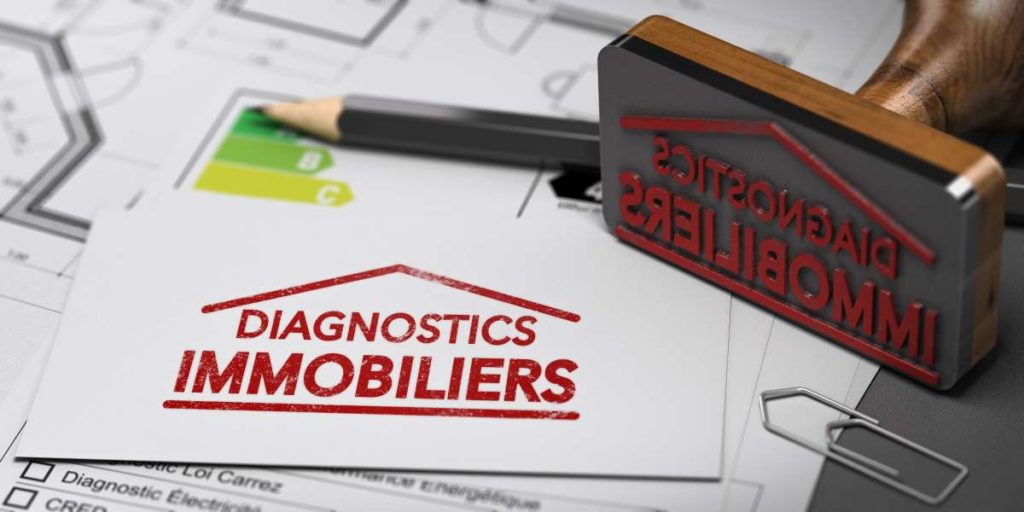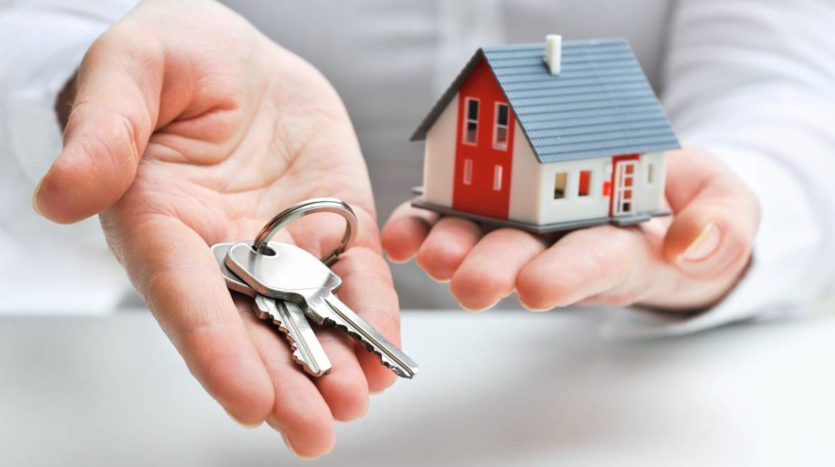Real Estate Sales: What Diagnostics Should Be Carried Out?
If you’re planning to sell a home, you’re surely aware that some measures must be followed, such as preparing a thorough file for the notary, identifying the qualities of your home so that it may be advertised, and analyzing it via a series of diagnosis. The requirements on this final point differ depending on the age of the property, the location in which it is situated, and the materials that make it up. It should also be noted that under co-ownership, diagnostics pertaining to the communal spaces, such as asbestos inspections, may be required, even if the private portions are free of asbestos.
A word of advice: have these diagnostics done as quickly as possible, or you’ll have to postpone your sale or, worse, watch it go through. As a result, a technical diagnostic file must be created and attached from the compromise stage to the genuine instrument, protecting you from any recourse in relation to the points researched. Zoom in on all of the potentially necessary diagnoses, as well as their validity dates.

The area diagnosis according to the Carrez Law
In the case of the sale of a condominium, whether it is an apartment or a home, it must be performed by a competent diagnostician. Please keep in mind that a subdivision is not the same as a co-ownership since the land is purchased together with the home, which is not the situation with a co-ownership.
The Loi Carrez diagnostic is not necessary for the selling of individual home, although the purchaser may seek a reduction in the sale price if the real area is less than 5% less than that stated.
Any surface with a ceiling height larger than 1.80 meters shall be taken into consideration when calculating the surface area pursuant to the Carrez Law. Walls and partitions, as well as specific rooms like sheds and garages, will be deducted, but the inside of the cabinets that fulfil the height criteria will be counted. The diagnostic is valid as long as there are no modifications to the property’s area or room layout.
Building energy performance diagnosis
Since 2011, every advertising for the sale of real estate must include a classification on the DPE’s A to G scale. This method seeks to calculate the energy cost of inhabiting a home by quantifying the energy demand.
The diagnostician estimates the number of kWh of primary energy used per square metre and per year by performing a technical investigation of the component materials, insulation, and heating system (heating and hot water production). The lowest-rated residences (E, F, and G) will soon be prohibited from being rented, while condos will be required to implement a multi-year work plan to enhance their rating.
Asbestos diagnosis
The asbestos diagnostic, which is required for any property for which the construction permit was granted before July 1, 1997, confirms the presence – or absence – of asbestos in the building materials.
It must be carried out in individual dwelling as well as communal housing, with research taking place in both private and shared spaces. If the diagnosis was established after January 1, 2013, the validity of the diagnosis is permanent.
The lead diagnosis
Only if the house was constructed before 1949 should this be done. If the legal threshold is not reached, the conclusion of a risk of lead exposure – or, more simply, a lead diagnostic – has permanent validity. If this is the case, it will only be good for a year.
Old paints and water pipes are the most common sources of lead. It may be swallowed by people and induce illnesses such as lead poisoning, particularly in youngsters, since it progressively degrades to dust. If lead is detected during the diagnostic, we recommend that you get rid of it!
Termite diagnosis
This certificate is only valid for 6 months for a reason: termites may infiltrate a house at any moment and inflict catastrophic damage to any wooden building. Don’t be alarmed; nevertheless, you should first determine if your property is in a high-risk location.
Some areas need the diagnostic to be carried out due to a prefectural decree. A considerable portion of France’s south-western region, as well as a few departments farther north (for example, Brittany, Île-de-France, Seine-Maritime, or Pas-de-Calais), are affected. Certain foreign departments and territories, such as Guyana and Réunion, are also affected.
The pollution risk status certificate ( ERP )
This diagnostic, formerly known as the State Diagnosis of Danger Servitudes and Information on Soils (ESRIS), is also valid for 6 months and seeks to alert a buyer of any risk of occurrence of events injurious to housing, the sources of which cannot be managed. As a result, the study will vary based on the building site and will include information on:
• Natural hazards such as floods, droughts, earthquakes, forest fires, and avalanches, among others.
• Petroleum, chemical, and biological threats are all technological concerns.
Previous natural catastrophe orders are presented to give an idea of the degree of risk that has been incurred.
Gas diagnosis
Before being resold, every accommodation with a natural gas installation older than 15 years must undergo a 3-year safety inspection. In addition to the danger of explosion, it is critical to ensure that gases such as carbon monoxide do not escape, since this might result in lethal poisoning.
Electrical diagnosis
Similarly, an electrical system older than 15 years must be closely maintained to avoid any danger of direct current contact or fire. Electrical regulations are continually changing, and the owner-seller is not obligated to do any maintenance on the property. Rather, the diagnostic’ goal is to offer the buyer with comprehensive information about the status of the installation so that he may make an informed decision about the necessary improvements for his own safety.
Diagnosis for non-collective sanitation
Since 2011, any home not connected to the main sewer must be checked before its resale of the installation and the septic tank.
Informatoin on dry rot
Dry rot is a fungus that feeds on wood, making it a nuisance to discover in a home structure. Its potential for harm has earned it the moniker “residential leprosy.” It prefers humid conditions, and it’s typical to encounter it after water damage in unoccupied or badly kept homes.
The legal requirement is information rather than diagnosis: an owner or renter who notices signs of dry rot must notify the town hall. In prefecture-designated dangerous industries, the customer must be informed about the risk he or she is taking.
While doing such a huge number of diagnostics may be expensive, time-consuming, and restricting, one must admit that as a buyer, having a complete report on the state of the property purchased is comforting. If you’re a seller, double-check that the diagnostics you had done at the time of purchase are still valid; otherwise, you’ll have to pay for fresh ones!





